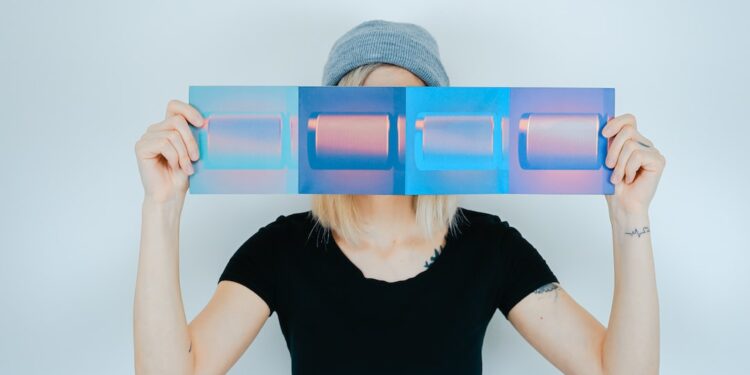Mastering the Art of Color Theory in Design
In the diverse world of design, colors play a pivotal role in conveying messages, evoking emotions, and creating impactful visuals. The ability to effectively use colors can make or break a design, ultimately determining its success and the viewer’s response. Therefore, understanding the art of color theory becomes essential for any designer striving to master their craft.
Color theory is a discipline in which designers explore the principles, relationships, and effects of colors to create harmonious and aesthetically pleasing designs. By understanding the psychology behind colors, their cultural interpretations, and the harmony between hues, designers can manipulate colors to their advantage, achieve balance, and enhance the overall visual experience.
One of the key aspects of color theory is understanding the emotions and psychological impact different colors can have on individuals. Colors have the power to convey a range of emotions, from joy and excitement to calmness and tranquility. For example, warm colors like red and yellow are associated with energy, enthusiasm, and passion, while cool colors like blue and green promote relaxation and serenity.
Furthermore, different cultures attach various meanings to colors, making it crucial for designers to be mindful of their target audience. For instance, while white represents purity and innocence in Western cultures, it is associated with mourning and death in some Asian cultures. By understanding these cultural nuances, designers can ensure their message is conveyed effectively and respectfully.
Additionally, color harmony is essential in creating visual impact and cohesiveness within a design. Understanding how colors interact with each other can help designers create a balanced and visually pleasing composition. The color wheel, a fundamental tool in color theory, demonstrates how colors relate to one another. Complementary colors, such as red and green or blue and orange, are opposite each other on the color wheel and create vibrant contrast when used together. On the other hand, analogous colors, which are adjacent to each other on the color wheel, create a harmonious and soothing effect.
Beyond understanding individual colors and their relationships, designers must also consider color schemes when developing a design. Color schemes, such as monochromatic, analogous, or complementary, aid in selecting colors that work well together, ensuring a cohesive visual experience. Monochromatic color schemes use different shades and tints of a single color, creating a sense of unity. Analogous color schemes employ colors that are adjacent on the color wheel, producing a harmonious and relaxing effect. Complementary color schemes combine colors that are opposite each other on the color wheel, resulting in a vibrant and eye-catching composition.
To further enhance their designs, designers can also employ color psychology, which focuses on the influence of colors on human behavior and perception. For instance, utilizing warm colors in a call-to-action button can create a sense of urgency or excitement, encouraging users to take action. Alternatively, cool colors in a logo or branding can evoke a sense of trustworthiness and professionalism.
Mastering the art of color theory is an ongoing journey for designers, requiring a deep understanding of the principles, relationships, and effects of colors. Through experimentation, research, and observation, designers can refine their skills in color selection, creating powerful and visually stunning designs that captivate and engage viewers.
In conclusion, color theory is a vital aspect of design, with the ability to evoke emotions, convey messages, and create impactful compositions. By mastering the art of color theory, designers gain the power to manipulate colors to their advantage, effectively communicate their message, and create visually pleasing designs. Striving for a deep understanding of color psychology, cultural interpretations, and color harmony enables designers to create remarkable designs that leave a lasting impression on their audience.















